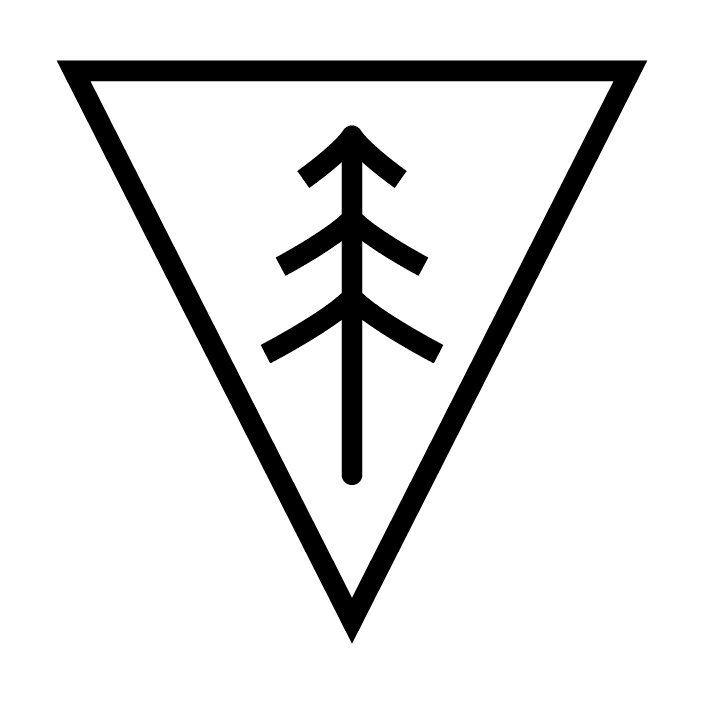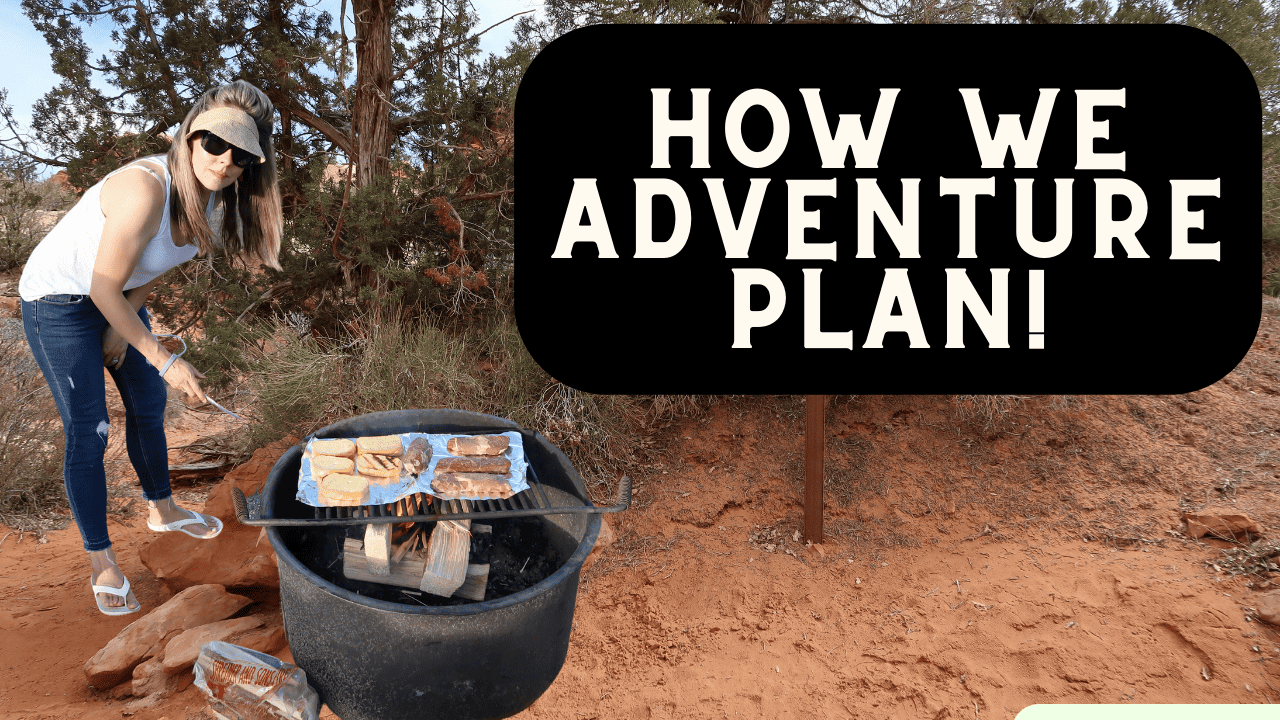Planning a trip to a National Park in the United States can be an exciting and unforgettable experience. In fact, the planning phase is one of our family’s favorite parts, but with so many options to choose from, it can be overwhelming to decide where to go and what to do once we arrive. However, by following a few simple steps anyone can plan a trip that meets their interests and their budget.
Planning a trip to a National Park:
1. Choose your destination
The first step in planning your trip is to choose your destination. The United States is home to 63 national parks (and growing,) so it’s essential to narrow down your options based on what you’re interested in. Some popular parks include Yosemite, Yellowstone, and Grand Canyon, but there are many others that offer unique and diverse experiences!
Looking for some island time, a desert oasis, or a mossy paddle? All of our parks are special places. Consider factors like the park’s location, accessibility, and available activities when making your decision. Pick a park with recreational opportunities that sound fun, and start planning!
Read more about which national parks are the most handicap accessible.
2. Decide on a time frame
Once you have chosen your destination, consider when you want to visit. National parks can be crowded during peak tourist seasons, so consider visiting during the off-season.
But if your window of opportunity to discover the magical geysers of Yellowstone is during the July tourist peak, GO ANYWAYS! Make a thoughtful touring plan. Anticipate traffic. And be confident that your trip to our first park will be worth it no matter the conditions.
Seasonality matters. Some parks may have road closures or limited access during winter months, so be sure to check the park’s website for up-to-date information. The season may also determine your recreational opportunities. Compare your limitations to your opportunities, and the parks are sure to exceed your expectations.
3. Make a budget
Budgeting is an important part of planning your trip. Consider how much money you’re willing to spend on transportation, accommodations, food and activities. Most parks offer camping options which can be a cost-effective way to experience the park. However, if you prefer, there are also many hotels, short-term-rentals, and resorts near national parks, and these can offer varying levels of amenities.
I usually start with a rough estimate that camping will be about $50 per night, hotels will be about $200 per night, deluxe accommodations will be upwards of $400 per night, and round-trip flights will be $300-$500 per person. This is all based on our own experience and can vary greatly.
What I love so much about national park travel is that we can enjoy our parks on a shoestring budget with a tent and cross-country drive, or we can fly, rent, and lounge like rock stars if the budget allows!
4. Book transportation and accommodations
Once you have a budget, start booking your transportation and accommodations. Remember, friends, do as I say and NOT as I do…or you, too, could be sharing a cheap, springy, pull-out couch with a night-thrashing-child! Finally, always be aware of the time and distance from your selected accommodation to the park’s main attractions. For example, you don’t want to stay in Cody, Wyoming and drive into Yellowstone everyday to enjoy the sites! That drive is at least two hours each direction!
If you’re flying, be sure to book your flights early to get the best deals. If you are a frequent traveller within the United States, we strongly suggest you look into the Southwest Airlines points opportunities. We try to work the Families Fly Free program and retain our companion pass. The airline often has other, more limited, companion pass opportunities in the spring of each year. Follow me HERE for updates on these opportunities as well as daily park updates.
Keep in mind that rental cars can be difficult to book as of late. You will want to book them as far in advance as possible…trust me on this one, too!
5. Plan your activities
One of the best things about visiting a national park is the abundance of outdoor activities available. Hiking, camping, wildlife watching, and kayaking are just a few of the many options. Be sure to research the park’s activities in advance and make a plan of what you want to do while you’re there.
If you aren’t a frequent national park traveller, we also recommend that you review the parks’ rules and regulations before setting your expectations.
Check in with your family members and identify everyone’s priority activities. Remember that the idea is for each person to walk away from your trip with a smile and a special connection to that park!
If you’re interested in guided tours be sure to book these in advance as they can fill up quickly. Want an ATV tour in Moab? Book it six months in advance because the week or two before your trip, you will likely be out of luck for this adventure. Want to go on a wildlife safari in Yellowstone? Book it several months in advance. A cave tour in Windcave during peak season? Book it on the date that reservations open!
Remember that some top attractions and hikes now require lottery entries. Firefly viewing in Great Smoky Mountains is on lottery. So are hikes such as Half Dome in Yosemite. If these are on your bucket list, invest in your calendar app!
6. Pack accordingly
Before leaving for your trip, be sure to pack appropriately for your destination. This means bringing clothing and gear that is suitable for the climate and activities you have planned. National parks can have extreme temperatures, so be sure to check the weather forecast and pack accordingly.
Always, always, always have rain gear for everyone in your travel party! Also, don’t forget to bring sunscreen, a hat, and plenty of water to stay hydrated.
7. Be prepared for emergencies
Visiting a national park is an amazing experience, but it’s important to be prepared for emergencies. Be sure to carry a map of the park, a first-aid kit, and a fully charged cell phone. Be sure to check out THIS post for emergency kit essentials that you won’t find in an over-the-counter kit!
It’s also a good idea to let someone know your itinerary, including where you’re going and when you plan to return. If you engage in extreme sports or hikes, you may consider a Garmin. Remember that your cell phone won’t work in most national parks, but having a Garmin or similar option could be life-saving. My husband uses his to check in with me before and after each hike on his frequent Big Bend trips!
Read more about the top five safety concerns in national parks.
Visiting a national park in the United States is always a wonderful and memorable experience. By following these simple steps, you can plan a trip that meets your interests, budget, and schedule. So choose your destination, make a budget, book transportation and accommodations, plan your activities, pack appropriately, and be prepared for emergencies. Tune into YouTube videos for a fun, virtual planning start to YOUR next national park adventure!

